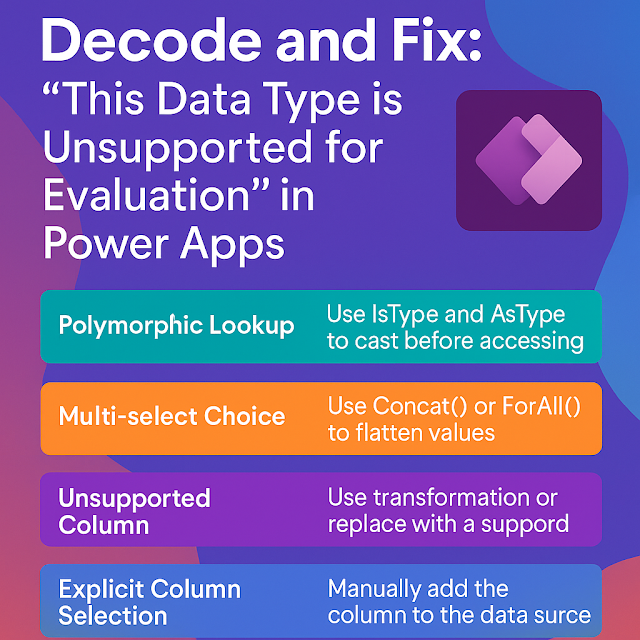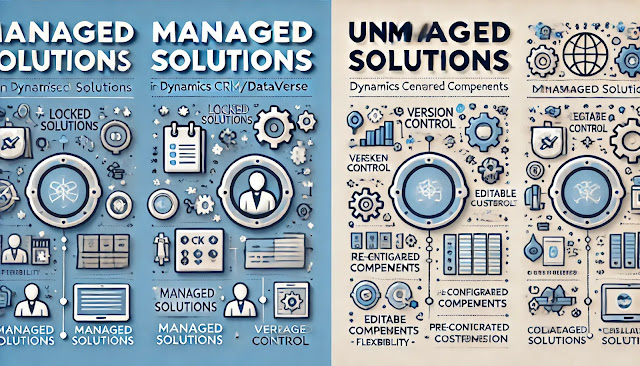Microsoft Dynamics 365 Customer Experience Analyst : Configure multiple currencies and evaluate currency calculations
In Dynamics 365 Sales, currencies enable organizations to manage sales transactions across different regions and markets with accuracy and consistency. Each environment has a base currency defined during setup, which serves as the primary reporting currency for the system. Users can then define additional currencies—such as USD, EUR, INR, or GBP—each with an associated exchange rate to the base currency. When sales reps create opportunities, quotes, orders, or invoices in a selected currency, Dynamics 365 automatically converts the amounts into the base currency for reporting and forecasting while still displaying values in the transaction’s local currency. This dual-currency model ensures global sales teams can work in their local currency, while leadership maintains a consolidated financial view. Exchange rates can be updated manually or integrated from external financial systems to keep pricing and reporting accurate.
- When you first set up your Dynamics 365 Sales environment, you must define a base currency (e.g., USD, EUR, INR).
- This is the system’s reporting currency and cannot be changed later.
- You can add as many additional currencies as needed (e.g., USD, EUR, GBP, JPY).
- Each has an exchange rate defined against the base currency.
- Users can select any active currency while creating opportunities, quotes, orders, or invoices.
- Transaction Currency Amount → the value entered by the user in the record’s selected currency.
- Base Currency Amount → automatically calculated by multiplying the transaction currency amount with the exchange rate defined for that currency.
Base currency = USDOpportunity currency = EURExchange rate: 1 EUR = 1.1 USDOpportunity value entered = €10,000System automatically stores:TransactionCurrency = €10,000BaseCurrency = \$11,000
- Admins define exchange rates manually in the Currencies table.
- Example: set USD → INR = 83.00.
- When a user enters INR 83,000, the system calculates \$1,000 in base currency.
- When you change the currency on a record, Dynamics 365 recalculates all money fields based on the new exchange rate.
- If exchange rates are updated, existing records do not automatically update.
- Only new records use the new rate unless you programmatically recalc via a workflow/plugin/Power Automate flow.
- Each currency supports its own decimal precision (e.g., Japanese Yen = 0 decimals, USD = 2 decimals).
- Calculations respect the precision defined.
Transaction Currency = €5,000Base Currency = \$6,000
- At environment creation, you define a base currency (e.g., USD, EUR, INR).
- This cannot be changed later.
- Go to Advanced Settings → Business Management → Currencies.
- Click New, select the currency (ISO codes like USD, GBP, JPY, etc.).
- Define the Exchange Rate against the base currency.
- Example: If base is USD, you can add EUR with `1 EUR = 1.10 USD`.
- Once saved, the currency becomes available across opportunities, quotes, orders, and invoices.
- Sales reps can pick the relevant currency when creating records.
- Each currency supports its own decimal precision (e.g., USD = 2 decimals, JPY = 0).
- This ensures financial accuracy across local and base conversions.
- Transaction Currency Value → the amount entered by the user in the record’s selected currency.
- Base Currency Value → the converted amount in the system’s base currency using the defined exchange rate.
Base = USDOpportunity created in EUR with exchange rate 1 EUR = 1.1 USDOpportunity Value = €10,000System stores:Transaction = €10,000Base = \$11,000
- Ensures that reporting dashboards, forecasts, and roll-ups are consistent in the base currency.
- Allows sales reps to work comfortably in their local currency without losing global reporting accuracy.
- Helps leadership compare performance across different geographies.

















Comments
Post a Comment